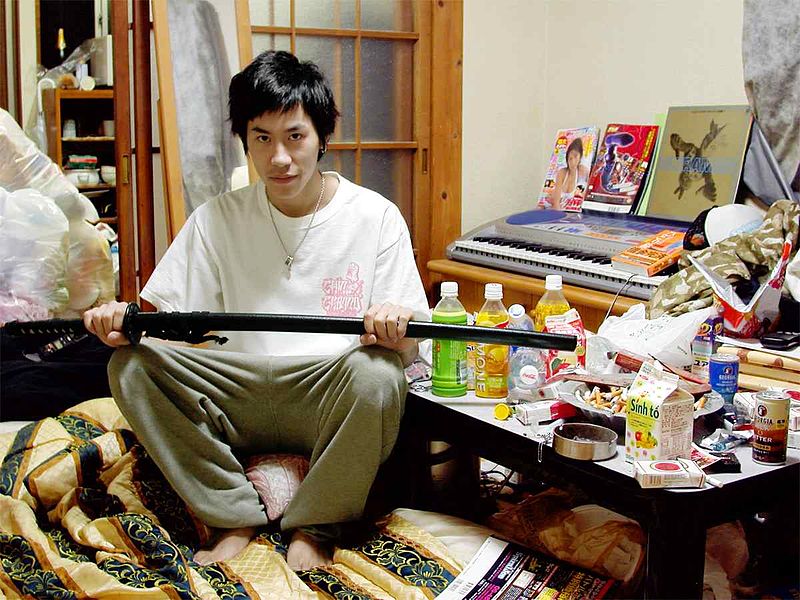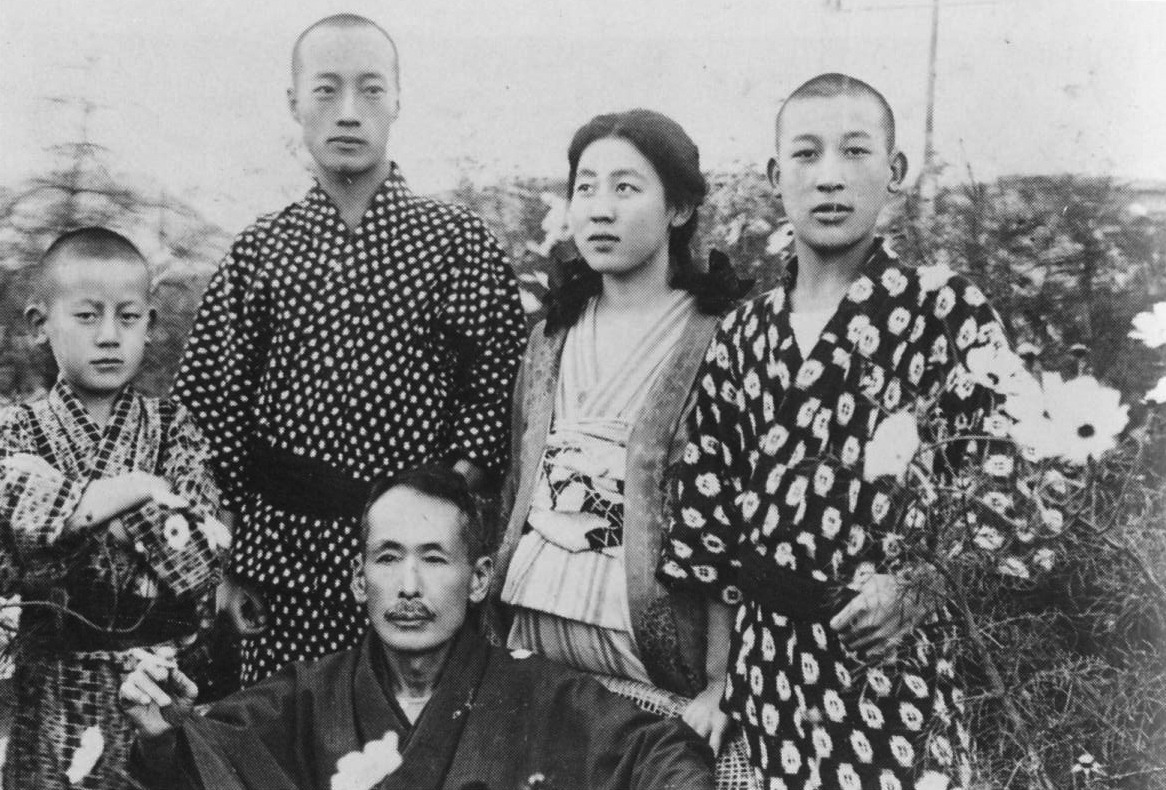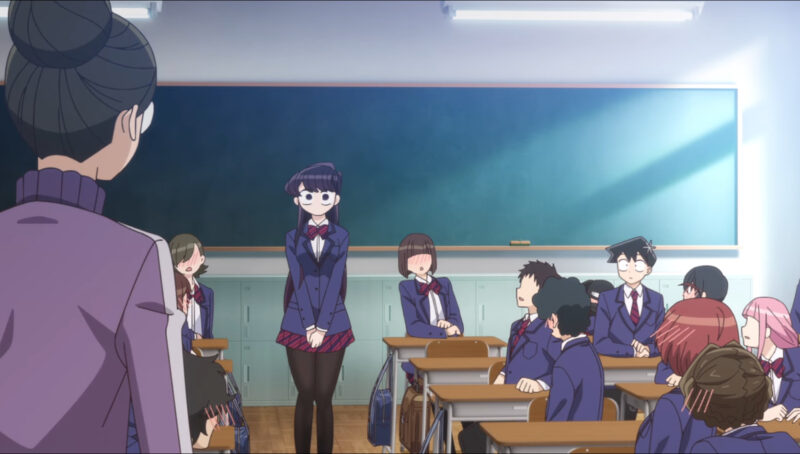Recently, I came across an article about a culture bound syndrome called Grisis Siknis, the “crazy sickness” of the Miskito people of Nicaragua. This got me wondering if there were any culture bound syndromes specific to Japan. The interesting thing about these type of psychiatric disturbances is that in a very real sense they sum up what a given society stresses the most. Among the Miskito, they put a premium on young women being pure until marriage, but then when they reach a certain age they’re expected to be sexually available. These opposing expectations are believed by Western psychiatry to cause Grisis Siknis.
The Japanese culturally bound syndrome is no different in highlighting what the Japanese culture values. Taijin Kyofusho, “the disorder of fear”, is a social phobia characterized by a fear of harming or offending others. This differs from the social anxiety that we in the West are more familiar with, where the sufferer is fearful that others are judging them. This very much shows how Japan differs from more Western countries–their emphasis is on conforming to the community, while in America especially the emphasis is more on the individual. This stress to conform might well be what leads to Taijin Kyofusho.
The disorder is characterized by a specific symptomology, and it is often subdivided into four categories: Sekimen-kyofu (phobia of blushing), Shubo-kyofu (phobia of a deformed body), Jikoshisen-kyofu (phobia of eye contact), and last but not least Jikoshu-kyofu (phobia of offensive body odor).
Now I must point out that many people have anxiety about these sorts of things. All of us have heard people complain about being too short, thin, fat, or tall, and of course nobody wants to smell bad. But for people who suffer taijin kyofusho this anxiety is debilitating to the point that they cannot function in social situations. Some sufferers are so bound by their disorder that they cannot even leave the house.
There is hope for suffers of this disorder, however. Often culturally bound syndromes are resistant to Western style medicine, only responding to traditional treatments. There is no traditional treatment for Taijin Kyofusho that I could find, but the standard treatment for the disorder is distinctly Japanese nevertheless. Developed by Dr. Shoma Morita, the Morita therapy begins with bed rest under isolation, followed by diary writing, then manual labor and lectures on the importance of accepting yourself as you are. In more recent years, group therapy has been added to the regimen, along with medication.



